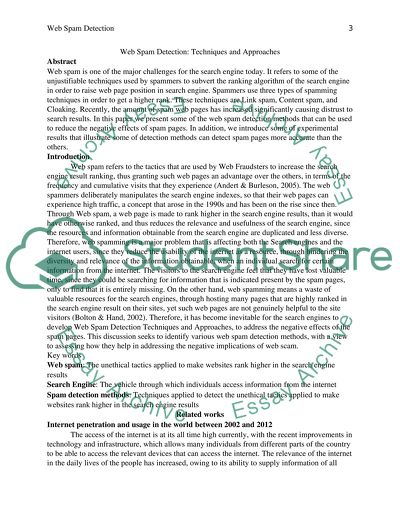Cite this document
(“Web Spam Detection: Techniques and Approaches Term Paper”, n.d.)
Retrieved from https://studentshare.org/information-technology/1403905-web-spam-detection-techniques-and-approaches
Retrieved from https://studentshare.org/information-technology/1403905-web-spam-detection-techniques-and-approaches
(Web Spam Detection: Techniques and Approaches Term Paper)
https://studentshare.org/information-technology/1403905-web-spam-detection-techniques-and-approaches.
https://studentshare.org/information-technology/1403905-web-spam-detection-techniques-and-approaches.
“Web Spam Detection: Techniques and Approaches Term Paper”, n.d. https://studentshare.org/information-technology/1403905-web-spam-detection-techniques-and-approaches.


